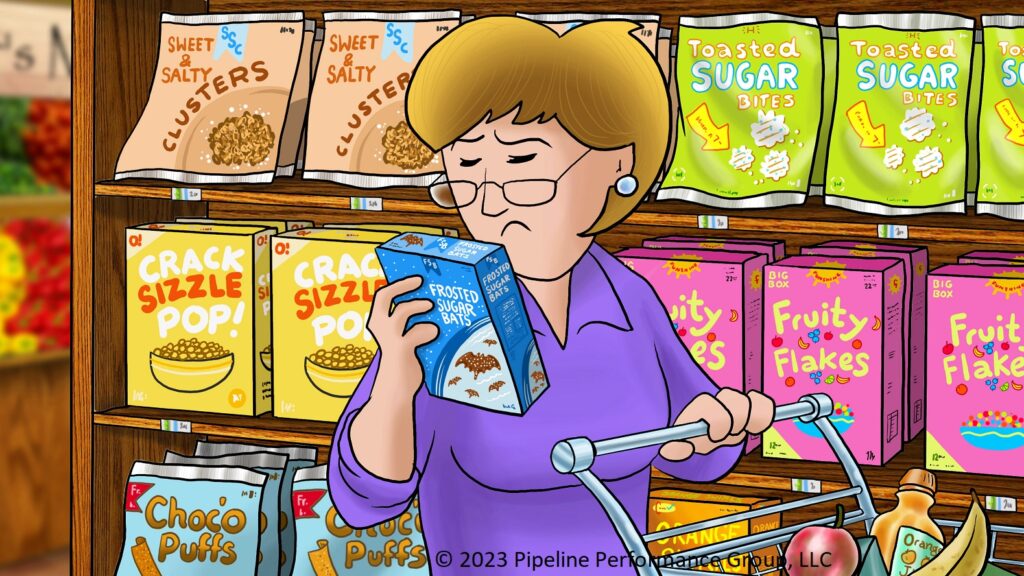For years, people have attempted to manage their weight by counting calories. There are calorie calculators online, as well as apps, to facilitate that process. It can be an effective way to lose weight and to maintain that weight once you’ve achieved it.
More than achieving a particular size, our goal should be health and longevity. Have you heard the saying, “Health is wealth”? I think that’s a good summation of what we all really want. When we have good health, we generally function with less worries both on the job and in our personal lives.
Rather than looking at calories only, examine the quality of what you’re consuming. If you choose nutritious, whole foods eaten in small quantities, your health will begin to improve. Whole foods are foods that have not been processed. They provide the nutrients, fiber, vitamins and minerals our bodies need to repair tissue and replenish energy stores. When food is processed, fat, sugar and salt are usually added to help prolong its shelf life. Unfortunately, with many processed foods much of the nutrient content is reduced or removed. Refined and highly processed foods are little more than fillers for our bellies.
Whole foods include protein, carbohydrates and fat in foods like fruits, vegetables, legumes, nuts, seeds, whole grains, meat, fish and eggs. These are foods that exist in nature as opposed to being created in a factory. The calories consumed from whole foods are more nourishing than calories from processed products even though the numbers on the calorie counter may look the same.
Processed foods wear labels that list information about the factory product you’re purchasing. These labels include information like number of servings per container and number of calories per serving. It’s helpful to note that often the serving size listed and the serving size you plan to consume may differ greatly. Calories are listed under the serving size, and they correspond with that serving size. So, if the serving is ½ cup but you plan to eat a whole cup, you must double the calorie count to correspond to your chosen serving amount. Nutrient content is listed below calories. The nutrient amounts also refer to the portion size. A little mathematical skill is required to accurately read a label.
The first ingredient on the label is the most abundant ingredient in the package. What follows is information on the kinds of fat, carbohydrate, protein and sugars the product contains. Avoid added sugars. This is sugar like sucrose or dextrose which is added for flavoring. Added sugars can wreck a healthy eating plan.
“%DV” represents the percentage of the Daily Value for each nutrient in a serving of that product. This number informs how much a nutrient in a serving contributes to a total daily dietary need. For instance, the FDA reports 5% or less of a nutrient per serving is considered low; 20% or more of a nutrient per serving is considered high.
When buying packaged foods at the store, be sure to read the labels. Choose whole foods when practical. Eating a variety of whole foods will always be your best bet for building a healthy body that will serve you well for many years to come.
MANAGING FATIGUE EDUCATIONAL PROGRAM
Scarlet Knight © 2023 Please Distribute to Others.




